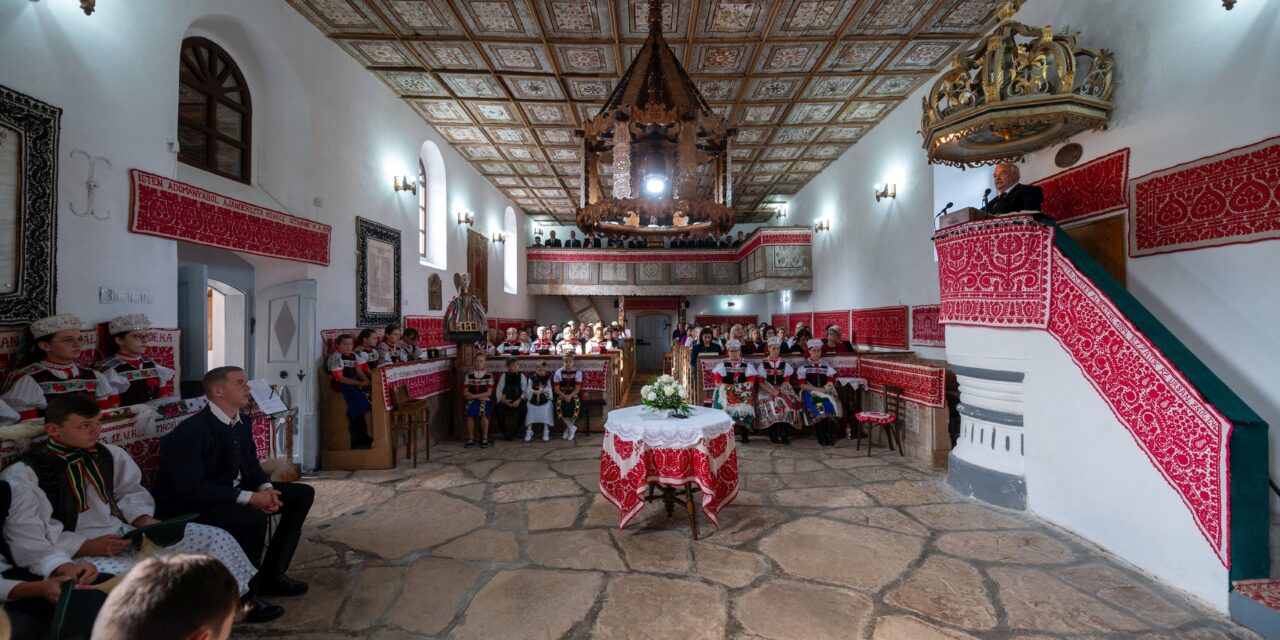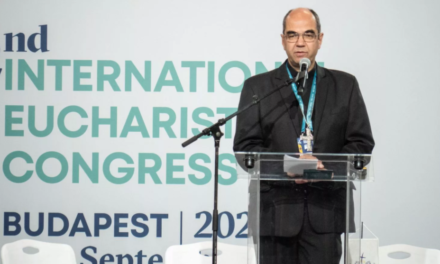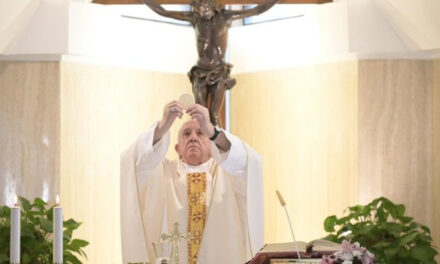Kalotaszeg's jewelry box, the reformed church in Körösfő has been renewed.
The village of Körösfő is located in the source area of Sebes-Körös, seven kilometers from Bánffyhunyad. The settlement is guarded from the hilltop next to the village by one of the most spectacular Reformed churches in Kalotaszeg, which awaits the faithful and visitors with its four-spired tower and the beautifully painted wooden coffered ceiling of Lőrinc Umling.
With the support of the Hungarian government, the church of the Reformed Parish of Körösfő was renovated inside and out, and the jewel box of Kalotaszeg was able to regain its old glory.
On behalf of the government, Government Commissioner Péter Hoppál took part in the bishop's thanksgiving service for the church renovation in Körösfő on Sunday and greeted the Hungarian Reformed congregation at the invitation of Transylvanian Reformed Bishop Béla Kató, István Vincze Minya of Kalotaszeg and Pastor Károly Károly.
"We handed over the renovated Reformed church in Körösfő. Not only the building was renewed, but also the fence, the sidewalk, the organ and the prayer hall. The construction was supported by the Hungarian government with HUF 15 million," Péter Hoppál wrote on his social media page.
István Vákár, the vice-chairman of the Cluj County Council, also reported on the renovation of the church on his social media page: "I think that sometimes not only the stones but also the spirit must be renewed, which can only become a real community that preserves and builds values in the presence of God. If we are persistent in our faith, we can make a lasting impact in all areas of our lives. We thank the government of Hungary, the Transylvanian Reformed Church District and all those who contributed to the renewal of God's house! The church of the Reformed Parish of Körösfő awaits the faithful from time to time, renovated inside and out. We hope that the community can fill this jewelry box with life as often as possible!"
The medieval predecessor of today's church is probably the XV-XVI. built at the turn of the century, it was one of the most important centers of the Kalotaszeg region, which converted to the Reformed faith as a result of the Cluj Reformation.
Sources mention it as a flourishing church from the 1600s, and the reconstruction of the medieval church destroyed by the Turkish-Tatar wars also began in this period.
With the reconstruction of the former church, the walled, four-tower church with a coffered ceiling and a colonnaded vestibule was completed in 1764. It acquired its current form with the expansion of 1833-34, when two Roman-era sarcophagi were built into the southern stone fence of the church's chancel.
The reimagining of the earlier renaissance floral coffered ceiling is attributed to Lőrinc Umling. The Saxon master painted 135 panels out of 225, and his other works can be admired in the western and eastern galleries. The church organ from 1841 praises the master organ maker István Kolonics from Nagyvárad. A special piece of the church II. A gift from György Rákóczi, a beautifully patterned Turkish rug. The relic, preserved since 1660, is the historical memory of the nobleman who was cured of his wounds here, and is the pride of the locals.
The folk motifs of Kalotaszeg appear throughout the interior decoration, the red embroidered tablecloths, the ornate floor and dining table are also spectacular.
The church tower offers a beautiful view of the surrounding area. It is worth bowing your head in front of the monument to Pál Vasvári, who was erected in 1995 and died a heroic death nearby in 1849. Posterity erected a headstone under the church hill in memory of the 1948 War of Independence.












